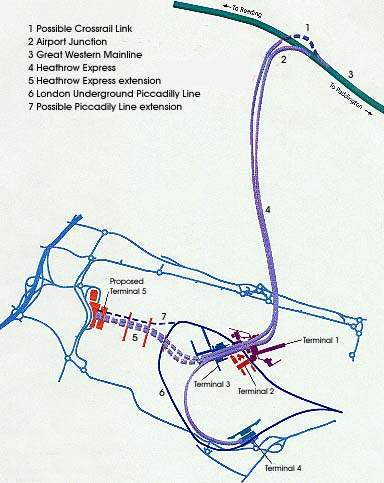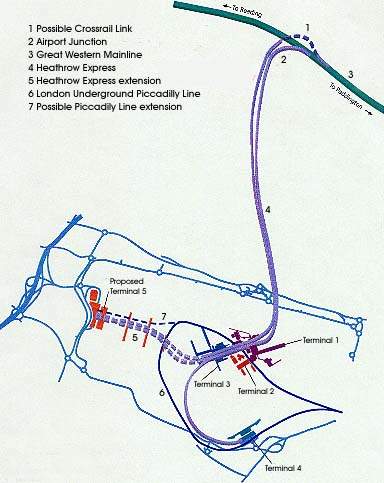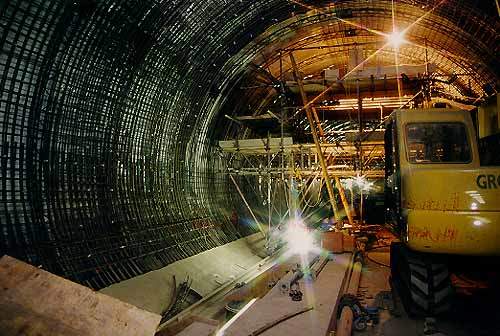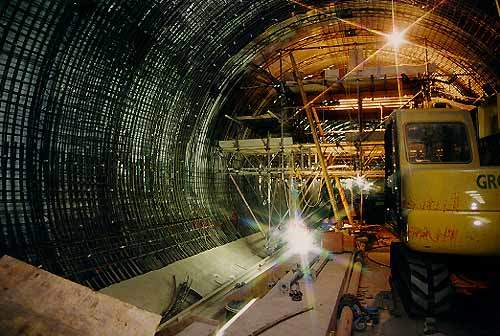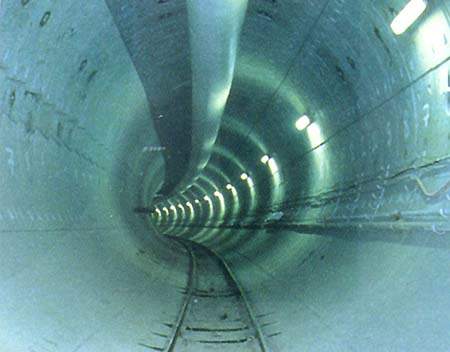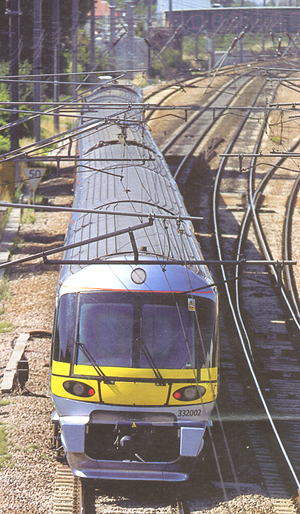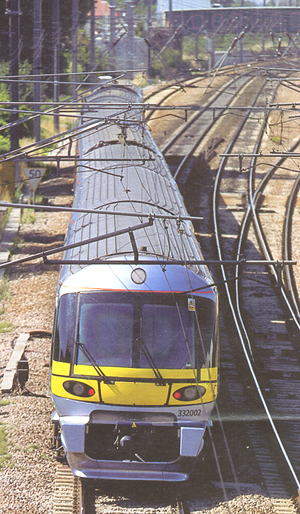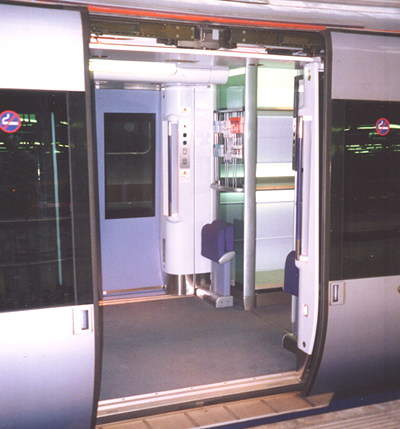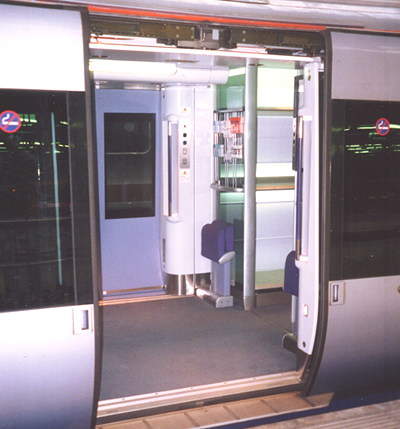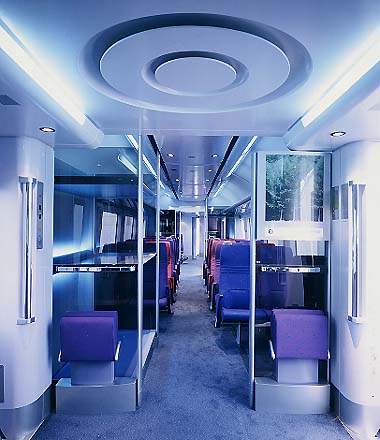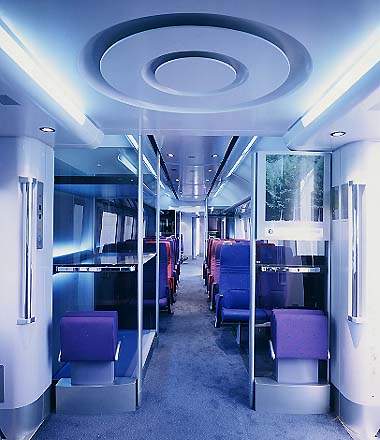The Heathrow Express is a high-speed rail link which offers the fastest journey time between Heathrow Airport and central London – just 16 minutes.
This £350 million BAA project originated in 1993 as a joint venture between BAA and the British Railways Board. A train-operating company, Heathrow Express Ltd, took over the running of the service after the project was completed. This company is a wholly-owned subsidiary of BAA plc.
THE HEATHROW EXPRESS PROJECT
BAA has signed a 25-year agreement with Railtrack for the use of the 12-mile main-line stretch from Paddington to Airport Junction near Hayes. Non-stop trains began running on 25 May 1998.
The service is unique among British railways because it is separate from the franchising arrangements under which private companies pay Railtrack to operate trains over its tracks.
Services are operated by a fleet of purpose-built trains, capable of travelling at 100mph, leaving Paddington every 15 minutes between 0530 and 2310.
RAIL LINK INFRASTRUCTURE
For the first 12 miles, the route follows the Great Western main-line to Airport Junction. Here, Heathrow Express trains leave the main line to enter a five-mile tunnel that sweeps underneath the heart of the airport. There are two stations, one serving terminals 1, 2 and 3, and a second, four miles away, serving terminal 4.
Paddington station, the London terminus, has two platforms dedicated to Heathrow Express, and full airline passenger and luggage check-in facilities. State-of-the-art ticket machines are installed at Heathrow and Paddington to provide multi-lingual, credit card and through-ticket purchasing facilities.
The main-line station at Paddington is currently served by four London Underground lines (District, Circle, Metropolitan and Bakerloo). Railtrack is responsible for trackwork, signalling and electrification of the line, and will also provide the signalling and telecommunications network in the tunnel section. A dedicated maintenance depot is provided at Old Oak Common in west London, north of the Great Western main line. BAA is responsible for the 5-mile underground section from Airport Junction to terminal 4, via the central area.
The £60 million tunnelling contract was awarded to Balfour Beatty Civil Engineering.
ROLLING STOCK
Heathrow Express owns 14 class 332 trains engineered and built by Siemens Transportation Systems in Germany in partnership with CAF of Spain.
Commissioning work on the bogies, the 25kV 50Hz traction equipment, braking and auxiliaries was completed in November 1996. During trials, the train reached speeds of 176km/h, 10% higher than the maximum commercial speed of 160km/h.
Each of the four-car sets seats around 230 people. Each carriage features considerable space for baggage and all seats face the nearest baggage area. On-board telephones are installed.
Each passenger car is equipped with four television screens providing check-in and airline information. Disabled access to the carriages is eased by each carriage floor being level with each platform.
SIGNALLING AND COMMUNICATIONS
The trains run under Railtrack’s standard four-aspect colour light signalling. Each is fitted with the advanced warning system of audible signals in the driver’s cab at it passes a signal.
They are also equipped with automatic train protection, the system which gives an indication of each signal aspect in the driver’s cab, and in the event of a train passing a danger signal, automatically applies the brakes.
THAMESLINK 2000
Heathrow Express is looking to play a part in another major infrastructure improvement project for London’s railways – Thameslink 2000. This envisages rail services linking all three of London’s principal airports – Heathrow, Gatwick and Stansted – by electrifying two existing connections between lines to allow through running.
The airport could also see direct services from other parts of London and the north if plans to reinstate a former rail line along the M25 motorway towards Staines and Waterloo proceed.

